Financial Management: Approaches and Decision Making Report
VerifiedAdded on 2023/01/13
|20
|1168
|93
Report
AI Summary
This report provides a comprehensive overview of financial management, encompassing strategic planning, organization, direction, and control of an organization's financial undertakings. It explores various approaches to support effective financial decision-making, including a knowledge-based approach and the use of decision matrices and T-charts. The report highlights the importance of economic conditions, capital structure, and stakeholder roles in the decision-making process. It also discusses setting objectives for achieving financial goals, the significance of ethical financial management, and the role of management accountants and financial management systems. Furthermore, it examines principles for delivering sustainable growth, such as the use of return on investment and effective resource utilization, along with techniques for fraud detection and prevention. The report concludes by emphasizing the essential role of management accounting in informed decision-making and the need to balance stakeholder interests to achieve organizational goals.
1 out of 20


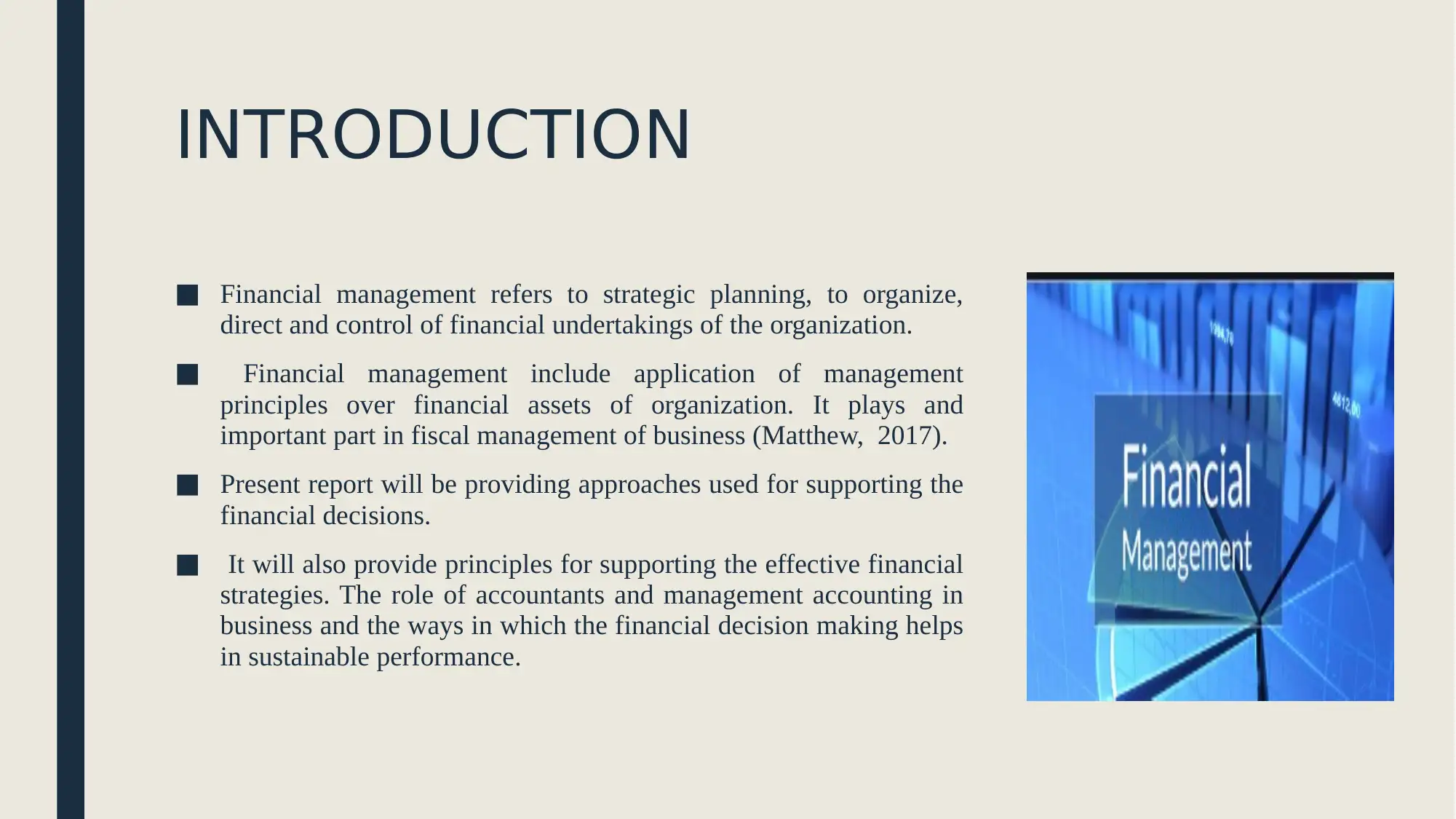

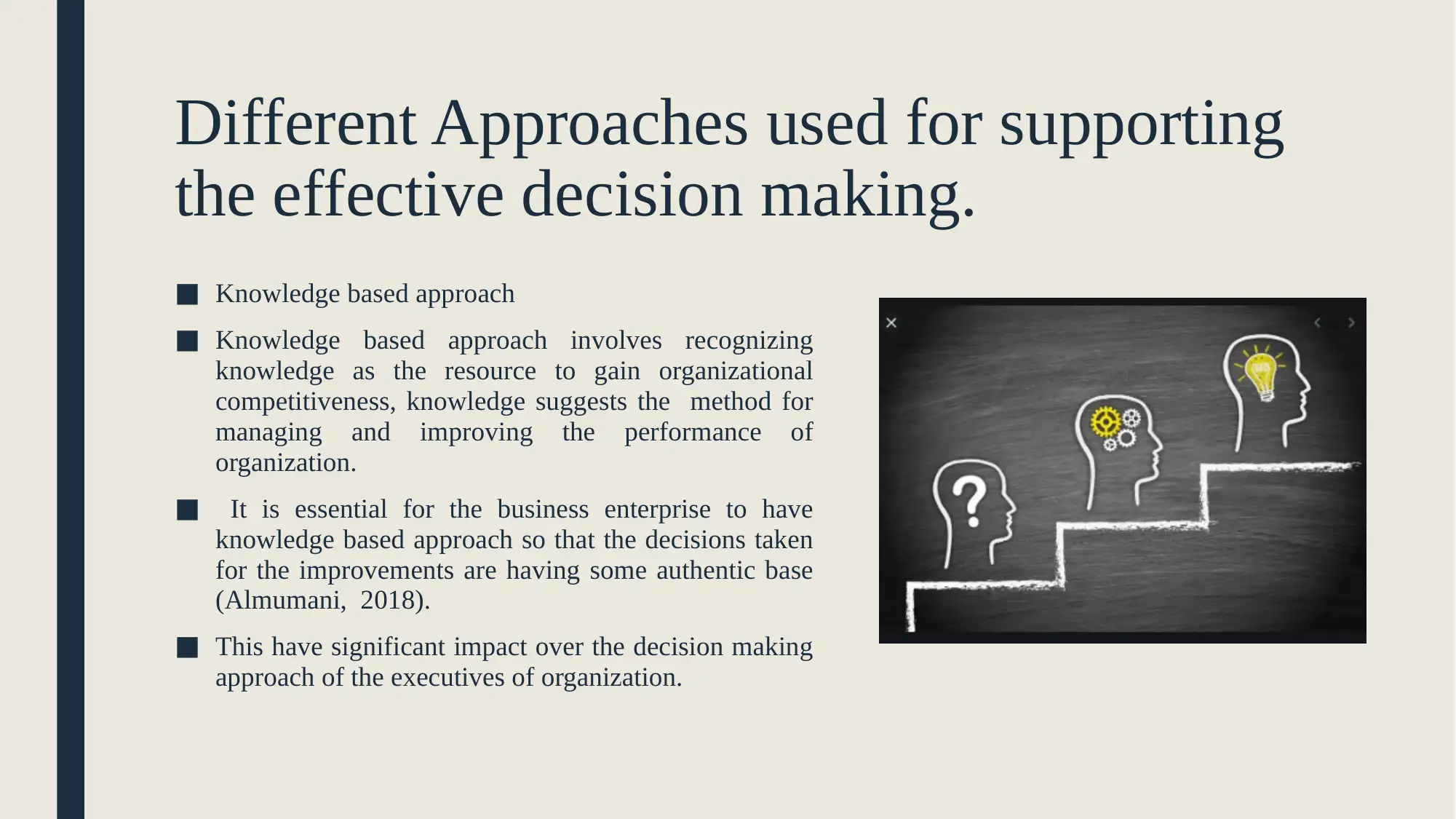

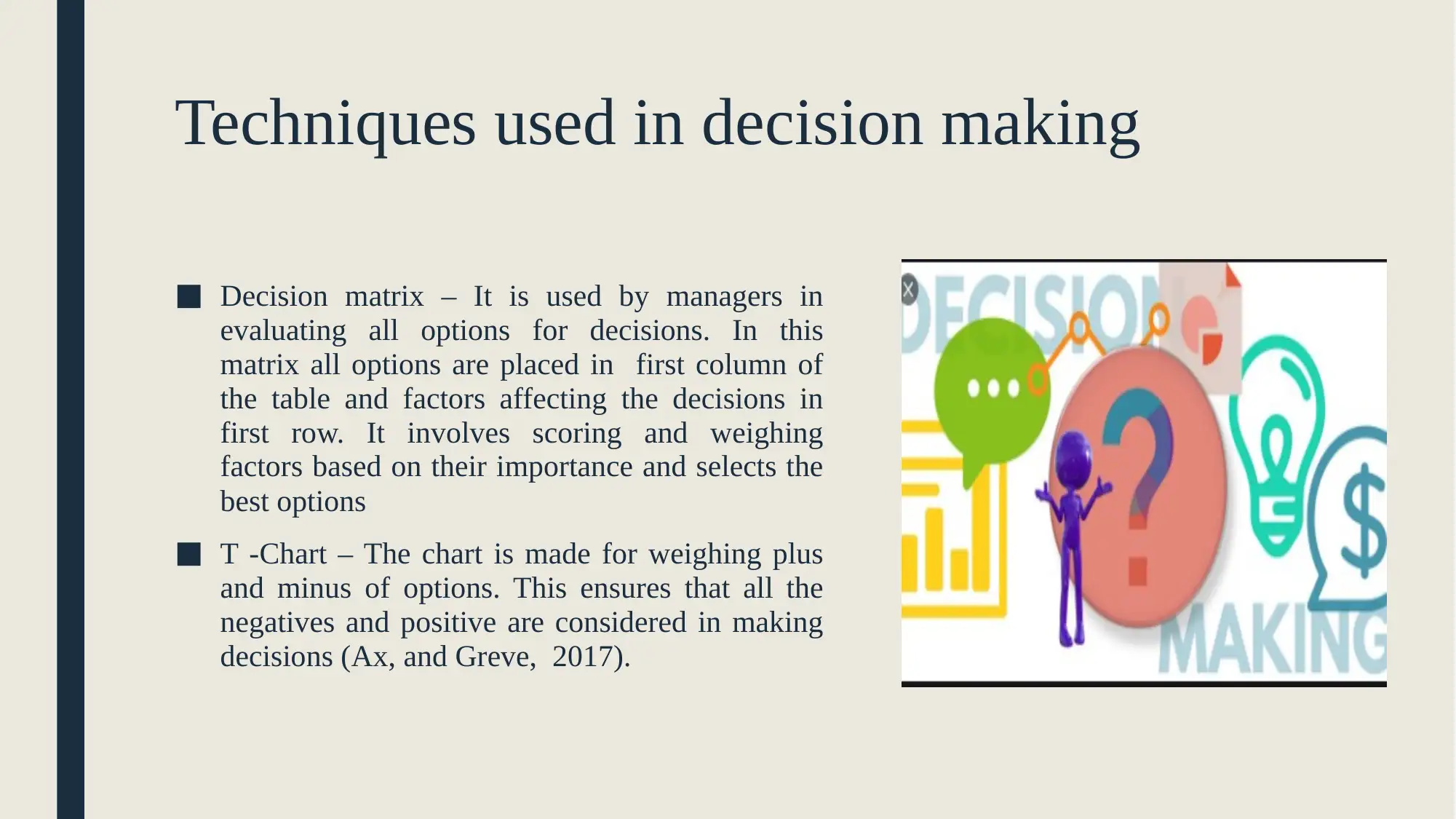
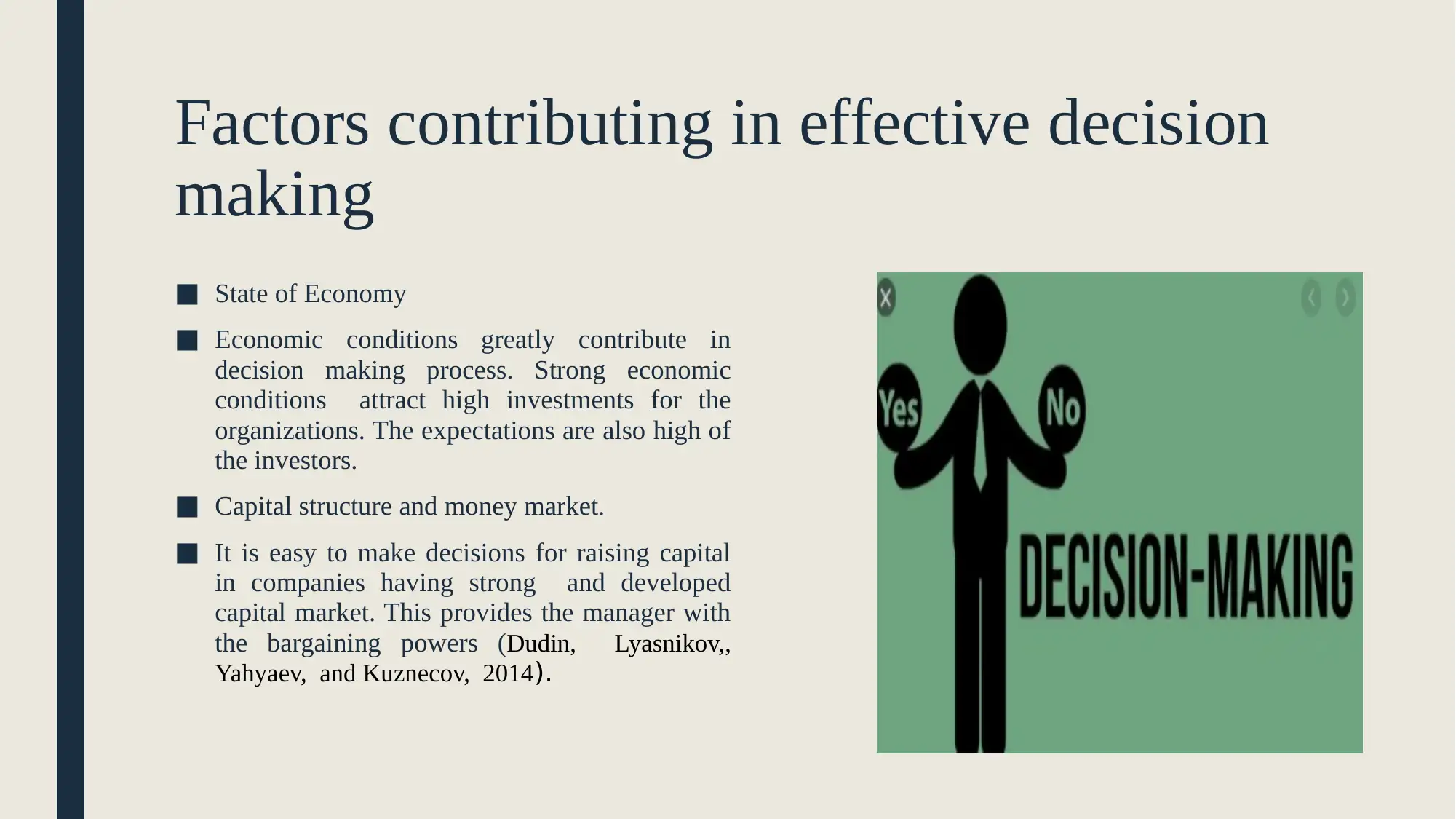

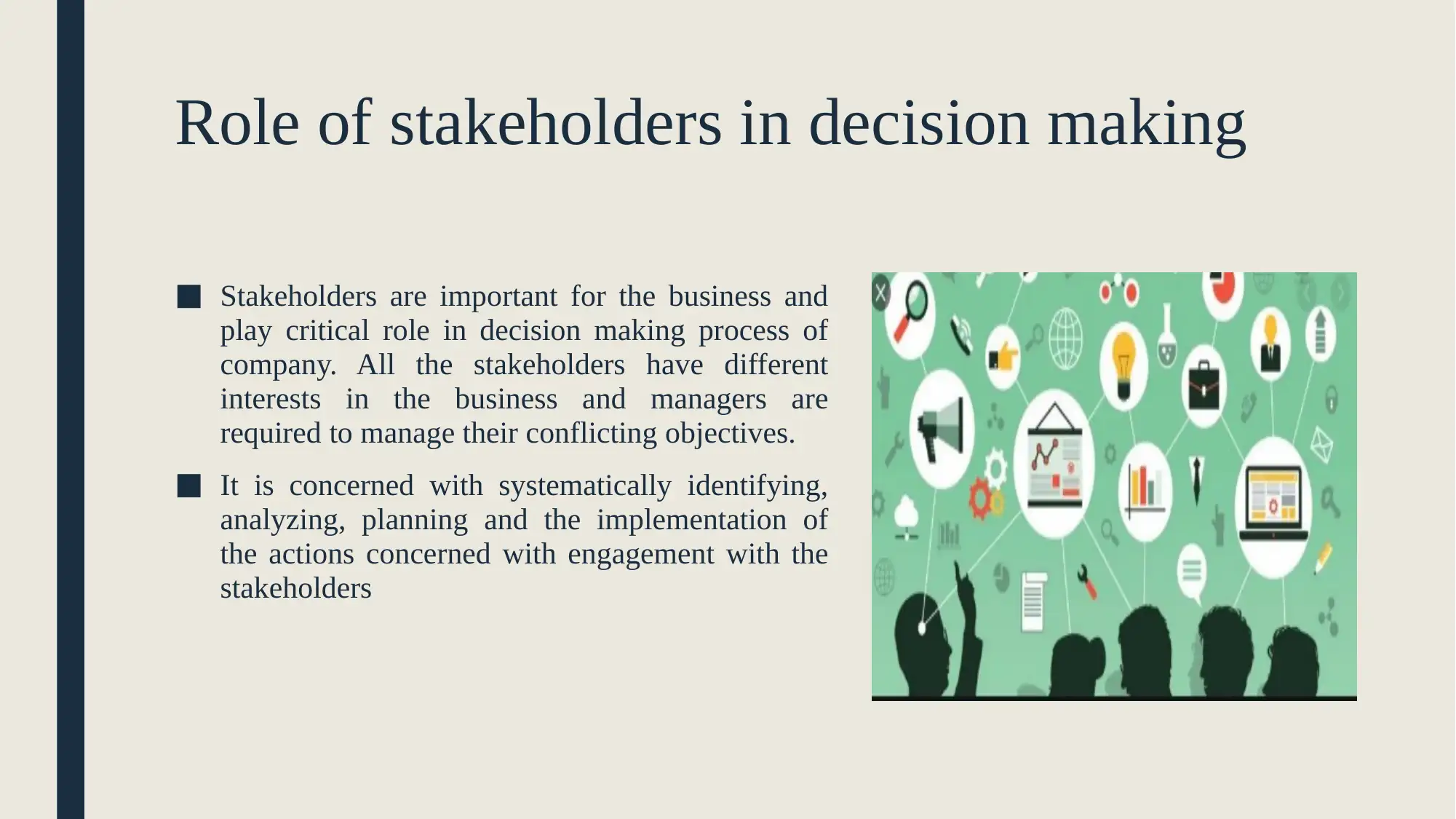
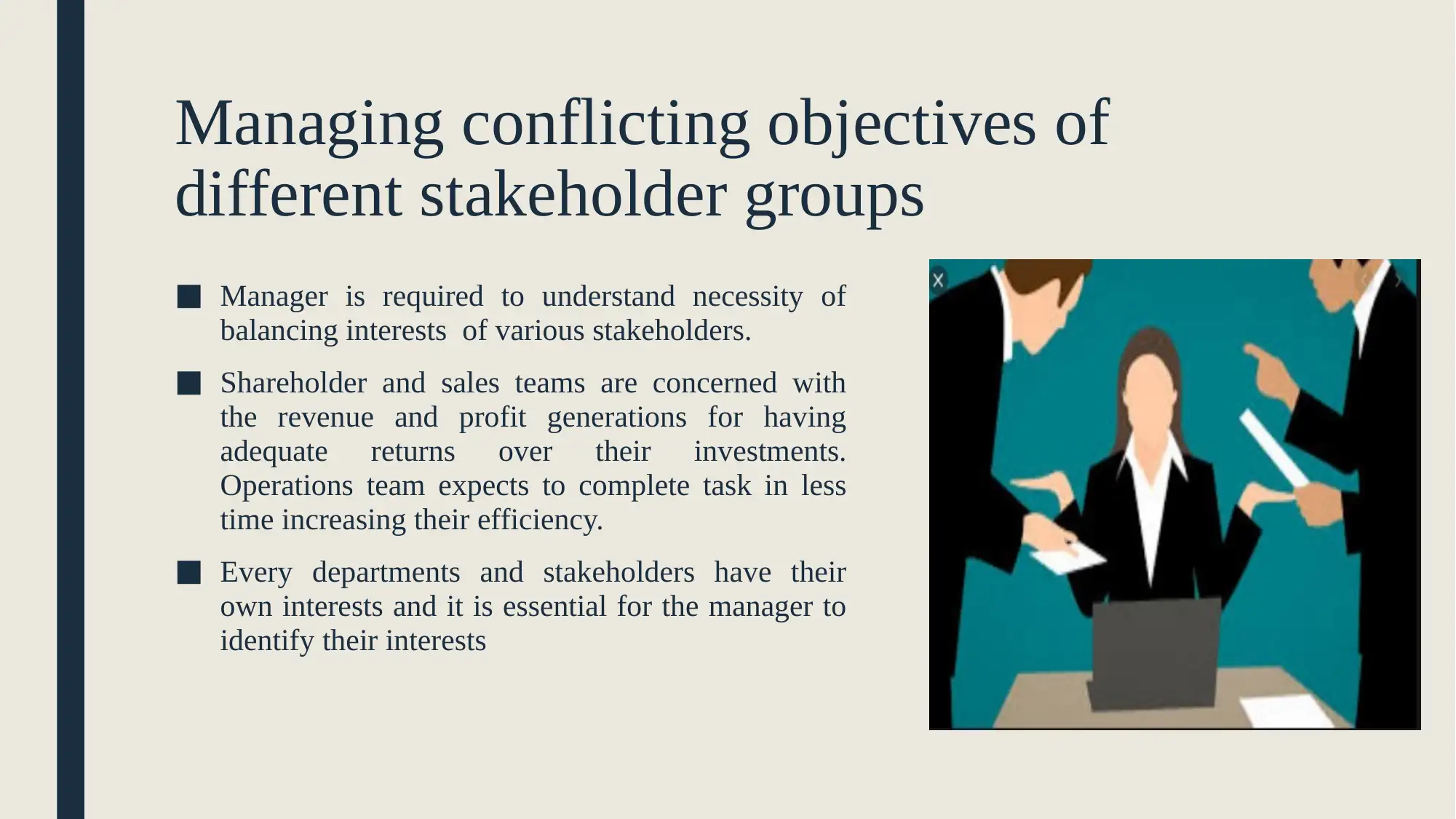
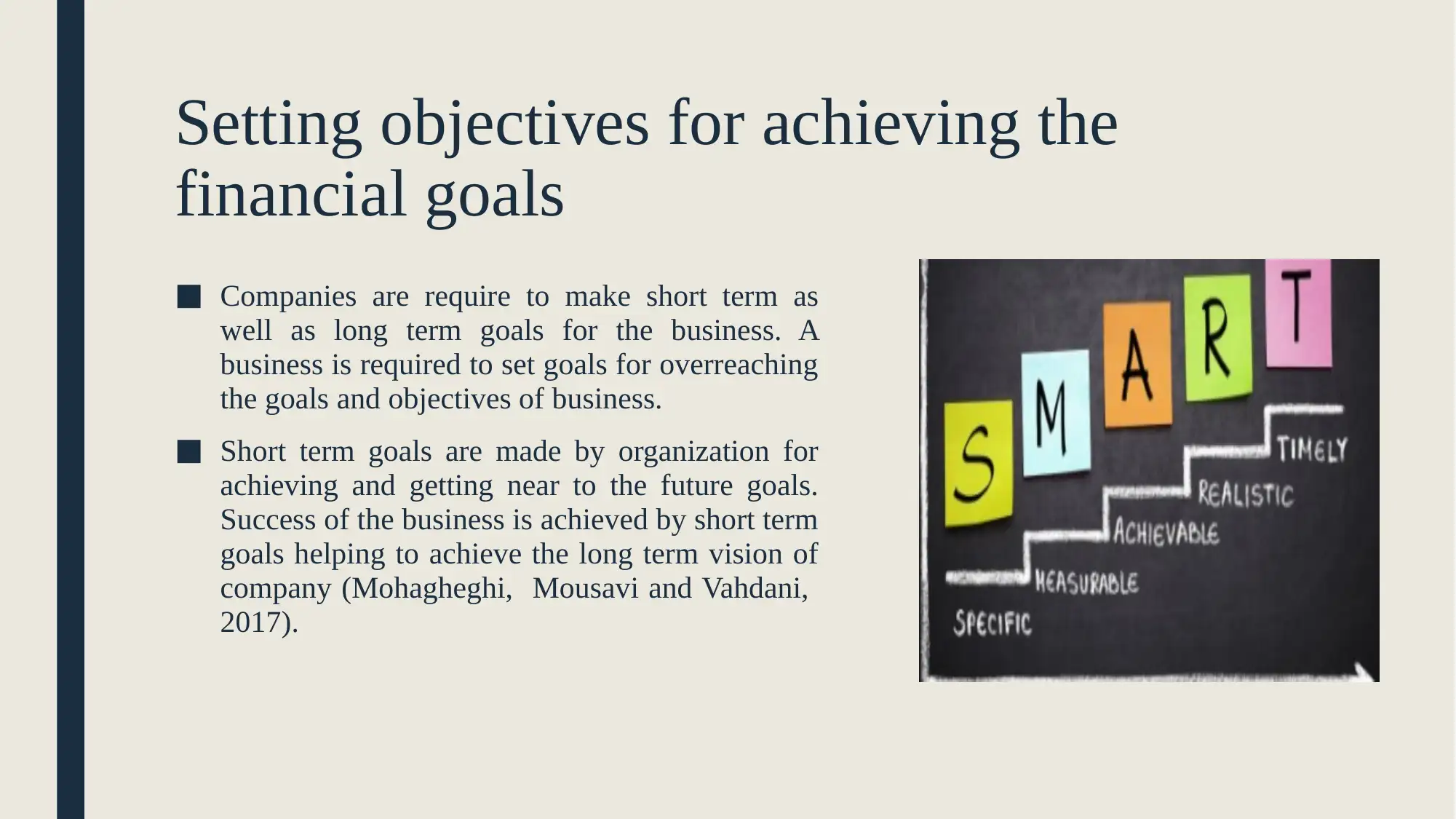







![[object Object]](/_next/static/media/star-bottom.7253800d.svg)